The designs for the world's first underwater city are pretty jaw-dropping
The entrance would be 200m below sea level
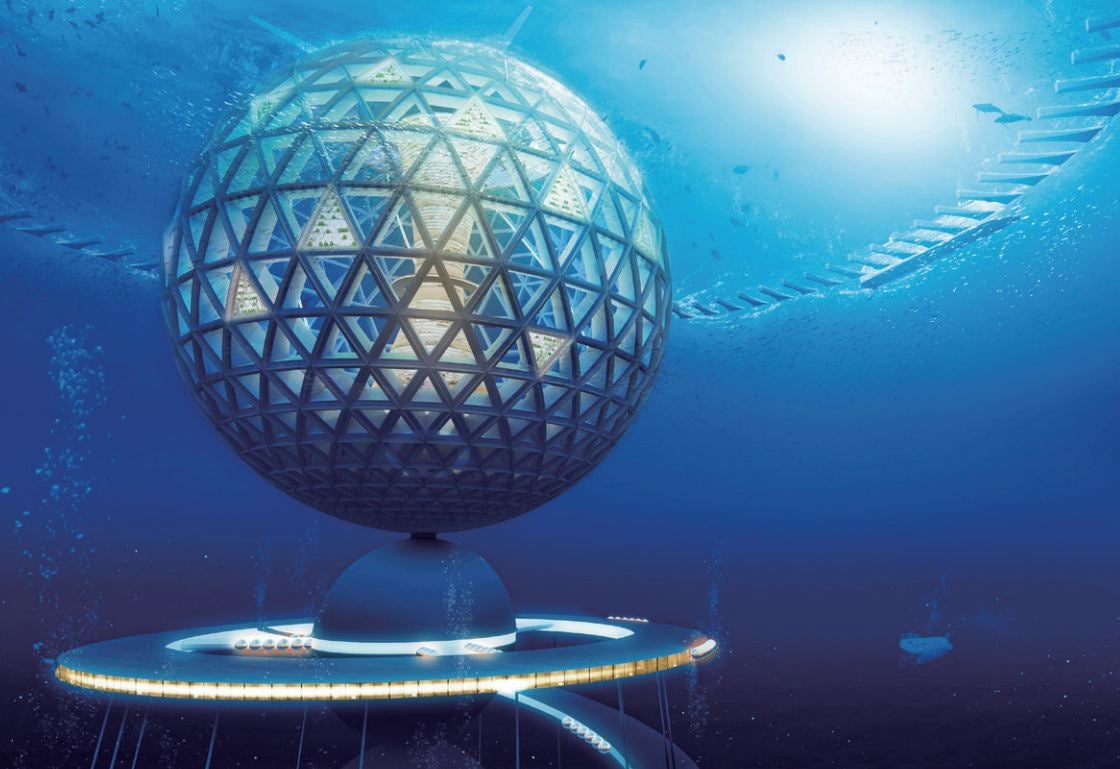
Your support helps us to tell the story
From reproductive rights to climate change to Big Tech, The Independent is on the ground when the story is developing. Whether it's investigating the financials of Elon Musk's pro-Trump PAC or producing our latest documentary, 'The A Word', which shines a light on the American women fighting for reproductive rights, we know how important it is to parse out the facts from the messaging.
At such a critical moment in US history, we need reporters on the ground. Your donation allows us to keep sending journalists to speak to both sides of the story.
The Independent is trusted by Americans across the entire political spectrum. And unlike many other quality news outlets, we choose not to lock Americans out of our reporting and analysis with paywalls. We believe quality journalism should be available to everyone, paid for by those who can afford it.
Your support makes all the difference.A Japanese company has come up with a bold and novel solution to the problems facing built-up coastal cities: sink a 500-metre wide sphere underwater that would support a tower filled with homes, stores, offices, a hotel and research facilities.
Shimizu Corporation has been working out the details of its 'Ocean Spiral' city with experts at universities and national agencies, a development that would cost around $26 billion and be constructed in the water.
The entrance would come at 200m below sea level, where sunlight still penetrates, and give way to a spherical 'blue garden' base camp containing a hotel, shops, convention facilities, apartments, offices, research facilities and laboratories.
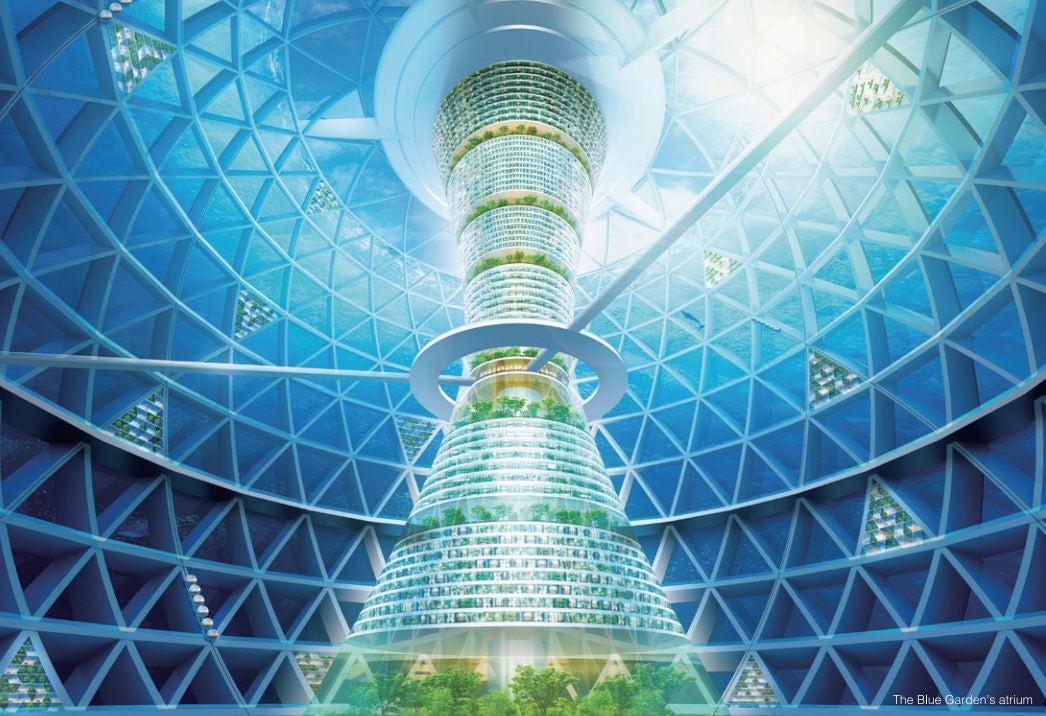
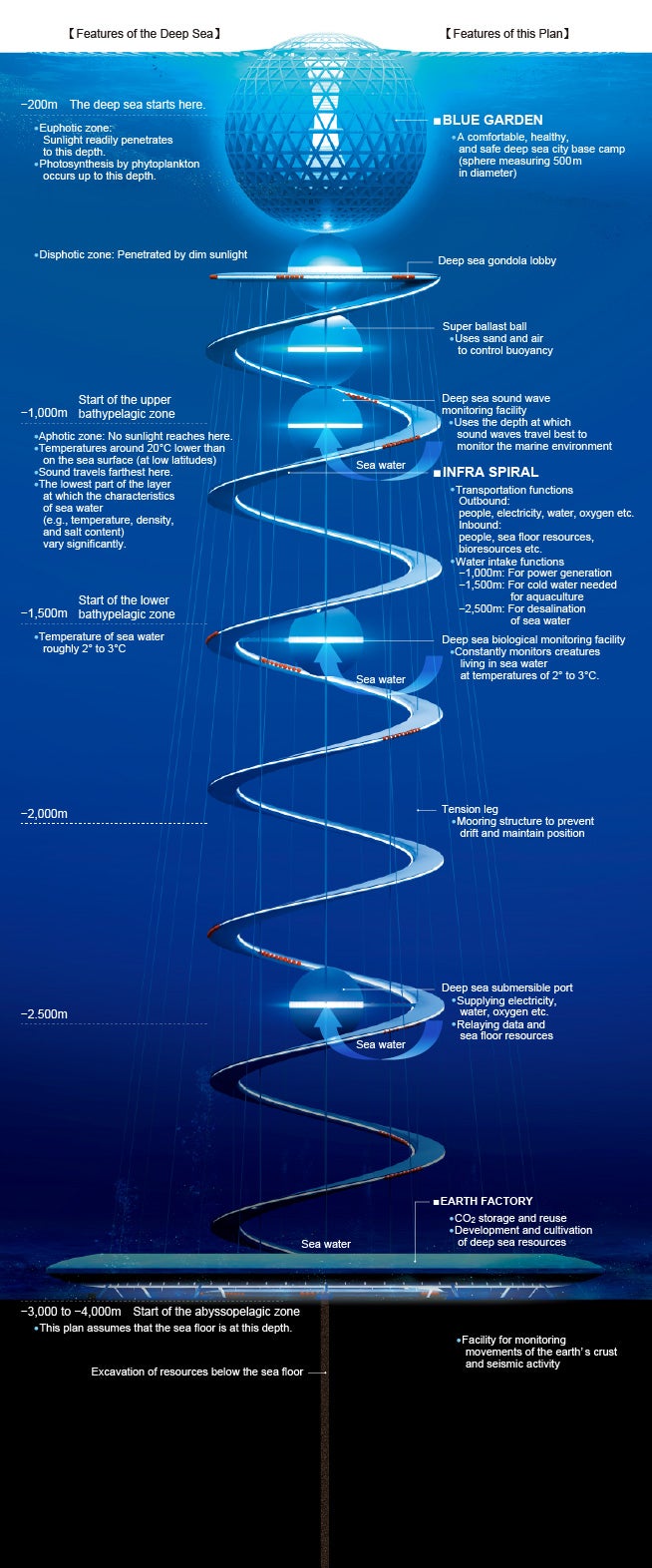
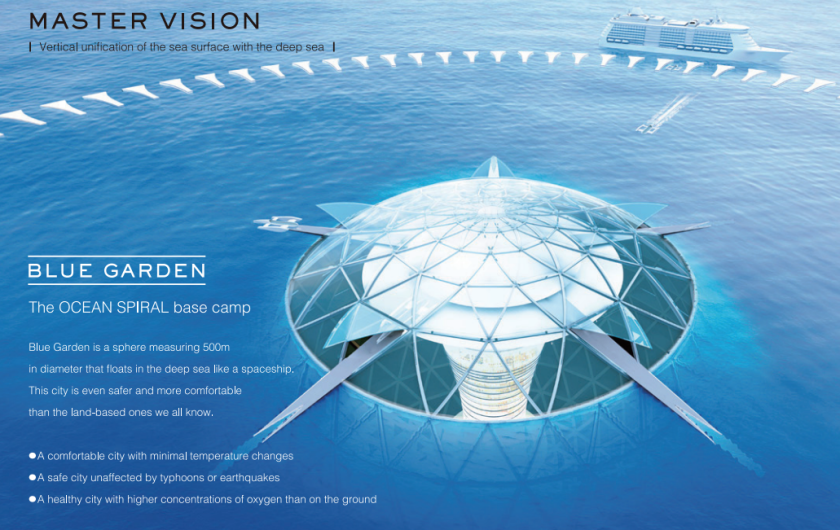
Citizens would also be able to travel deeper into the ocean, departing from the 'deep sea gondola lobby' through an 'infra spiral'.
The city, first proposed in September, would be sustainable and almost entirely self-sufficient, with thermal power being generated using the temperature difference between surface water and the deep sea.
"Approximately 70% of the earth’s surface is covered by the ocean, and the ocean itself consists of approximately 80% deep sea," Shimizu Corperation wrote alongside new concept art it shared for the city.
"The deep sea offers enormous potential for ensuring effective and appropriate cycles and processes in the earth’s biosphere."
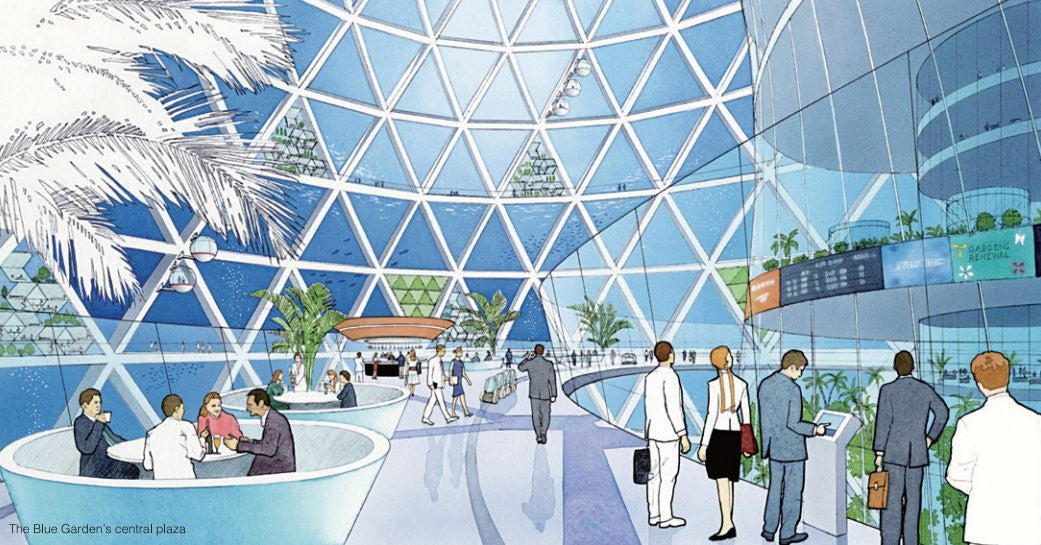
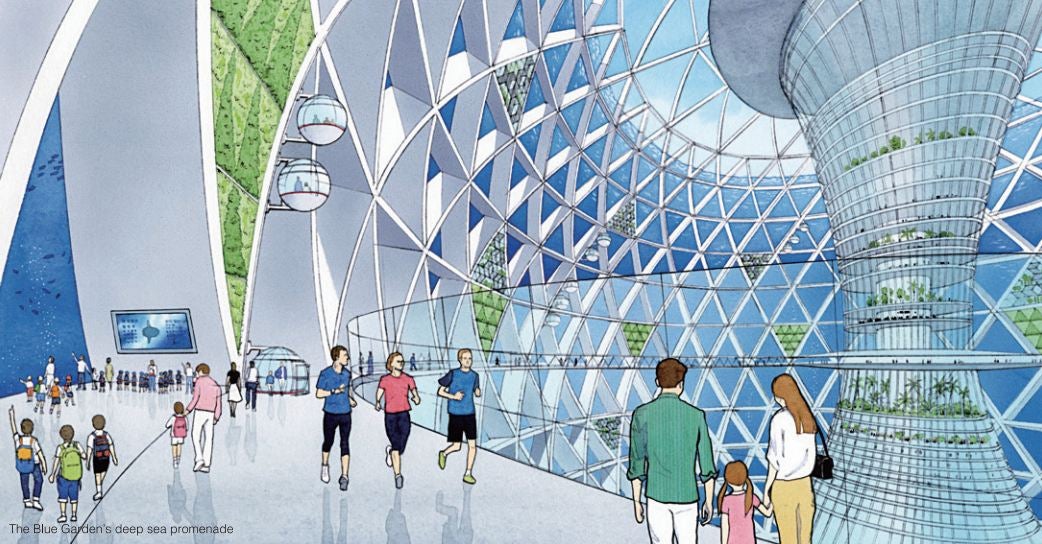
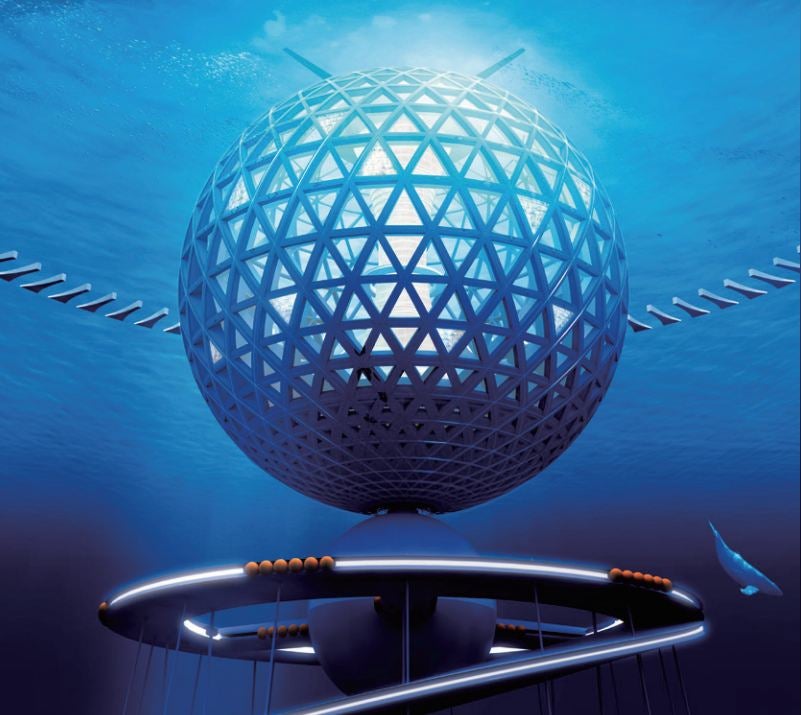
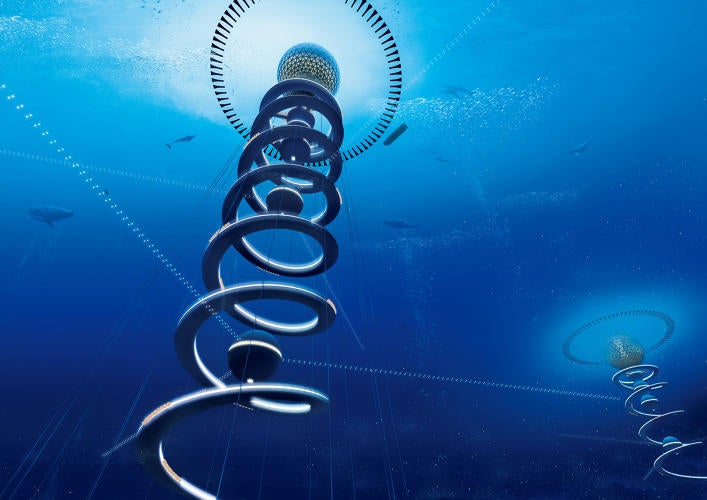

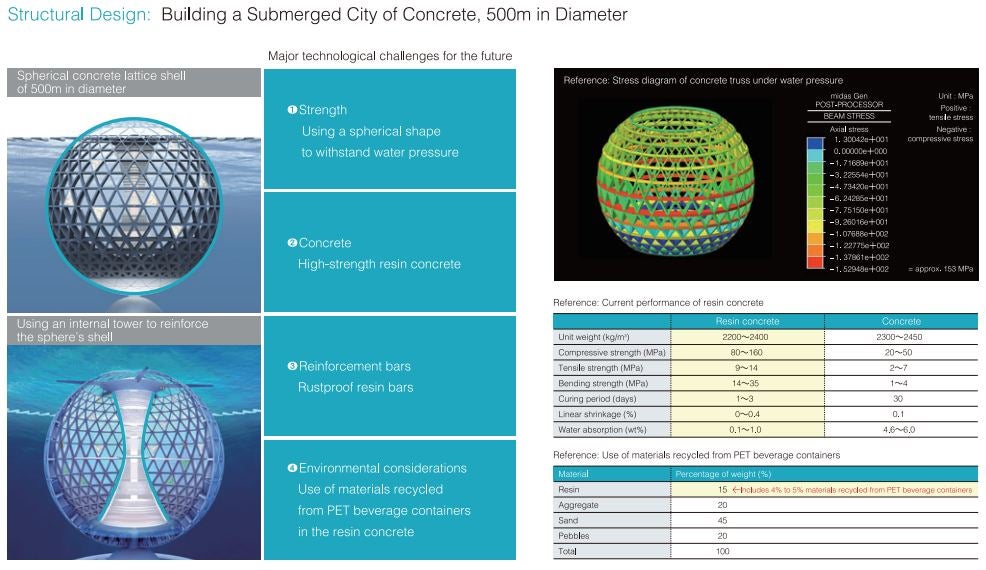

"Unfortunately, we have yet to make the most of this potential. This large-scale concept seeks to take advantage of the limitless possibilities of the deep sea by linking together vertically the air, sea surface, deep sea, and sea floor.
"Now is the time for us to create a new interface with the deep sea, the earth’s final frontier.
"Breaking free from past patterns of land development, which have focused mainly on efficiency, this plan is intended to promote true sustainability while maximizing use of the deep sea’s resources."
Ocean Spiral is designed to relieve pressure for more housing on land and offers "unlimited potential for treating CO2 emissions".
Pollution from power plants and other sources on land would be sent down to the sea floor where microorganisms would convert it to methane gas, with the city also offering opportunities to better research marine life and monitor seismic activity.
Join our commenting forum
Join thought-provoking conversations, follow other Independent readers and see their replies
Comments